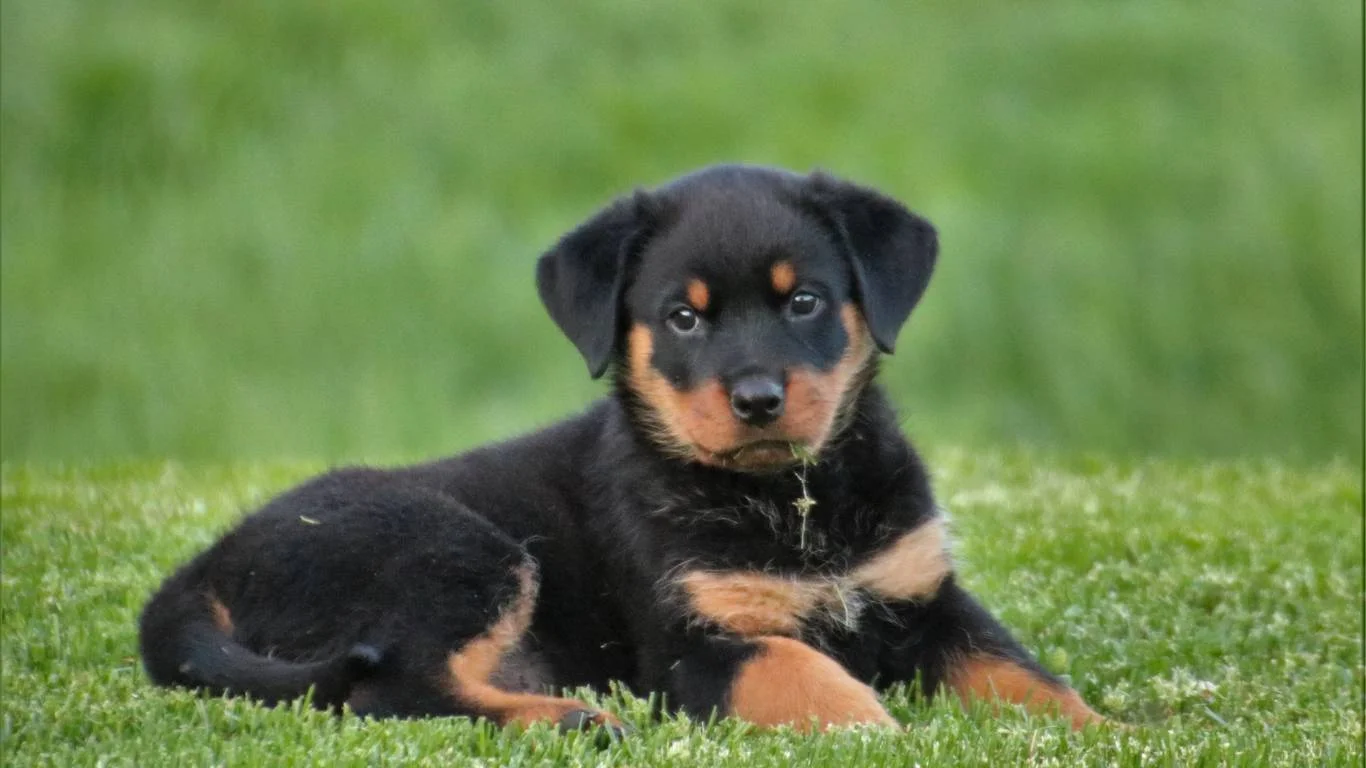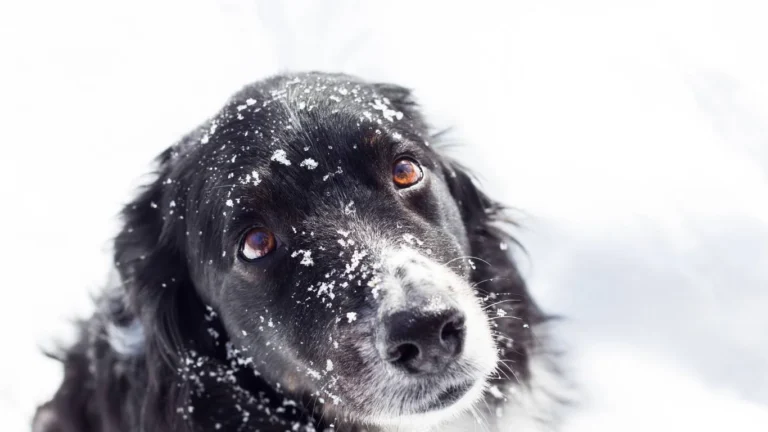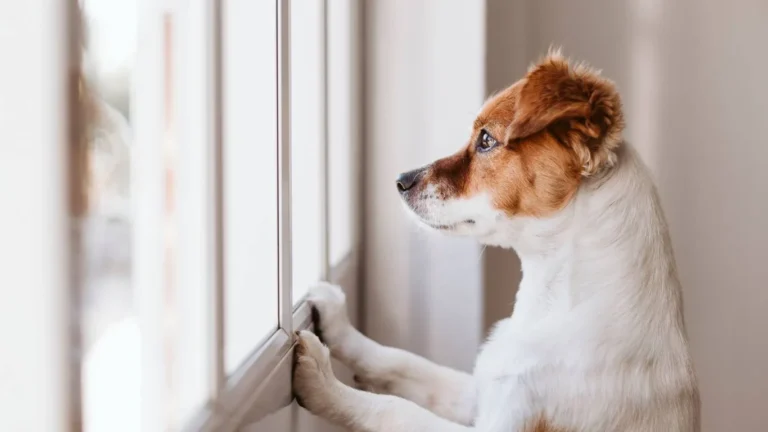Warning Signs Your Dog Is in Heat Distress and What to Do Fast
If you’re here wondering how to tell if your dog is in heat-related distress, first off—good on you. Not every pet parent knows the signs, and catching them early can seriously make a difference. Working as a veterinary assistant with a focus on pet nutrition, I’ve seen too many good dogs come into the clinic struggling because their humans just didn’t realize something was wrong. It’s not always about extreme symptoms either. Sometimes it’s the little things—subtle behavior changes, small shifts in appetite, or odd reactions to warm weather—that signal trouble.
What Does Heat-Related Distress Actually Look Like in Dogs?
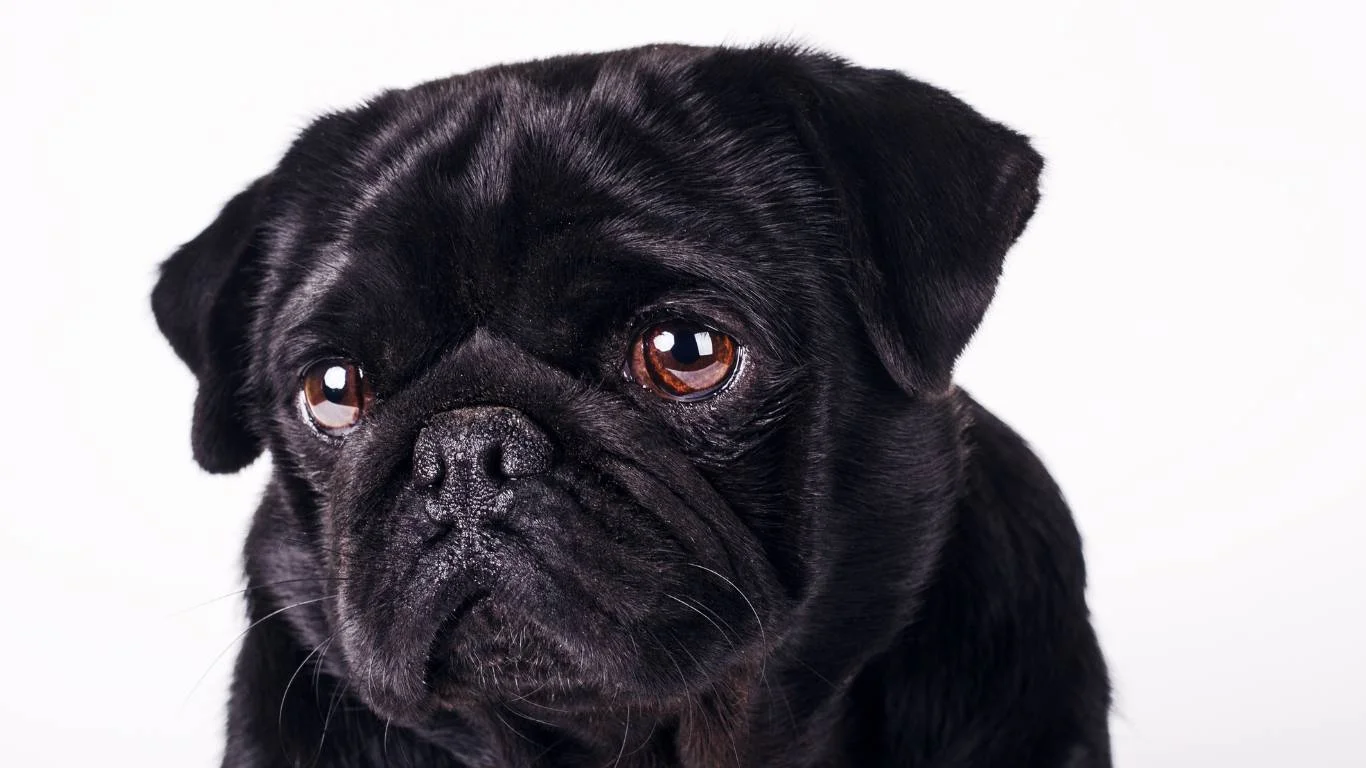
Let’s clear something up first—heat distress isn’t just about panting too much. It can escalate fast into heat exhaustion or heatstroke, and that’s when things get dangerous. I’ve held sweet pups in my arms at the vet clinic who arrived just in time… and others who didn’t. It’s heartbreaking, especially when it could’ve been avoided.
Some of the most common signs include:
- Excessive, heavy panting even while resting
- Glassy eyes or an anxious, restless look
- Bright red gums or tongue
- Thick, sticky saliva (yes, it’s a thing!)
- Staggering or disorientation
- Vomiting or diarrhea—especially if it’s sudden
Quick story from the clinic: We had a chocolate Lab named Moose come in one summer day. He was normally super chill, but his owner noticed he wouldn’t lie down and was pacing constantly. Turns out he was overheating, and fast. We got his temp down with IV fluids, fans, and cool water. He made it, but it was a close call. The owner told me later, “I had no idea pacing could be a red flag.” Now you do.
Why Are Some Dogs More at Risk?

All dogs can overheat, but some are naturally more prone to heat-related distress—and I’ve seen it firsthand. Flat-faced (brachycephalic) breeds like Bulldogs and Pugs struggle more because of their airways. Overweight pups, older dogs, and those with underlying conditions? Also high risk. And funny enough, some dogs just don’t know when to chill. Literally. They’ll chase balls until they drop. Love the enthusiasm, but it’s risky.
Watch these high-risk groups a little closer:
- Brachycephalic breeds: Pugs, Frenchies, Bulldogs, Boxers
- Senior dogs: Slower to regulate body temp
- Puppies: Still learning how to cool off
- Overweight dogs: Extra fat traps heat
- Thick-coated breeds: Huskies, Malamutes, Chow Chows
My own rescue, a Siberian Husky mix named Juno, loves to sunbathe (go figure). But I’ve learned to call her inside the minute she starts panting heavily. She’s got that thick double coat, and I’ve seen her go from fine to flushed in under ten minutes. When in doubt, bring ’em in. Better safe than sorry.
Is It Just the Temperature Outside?

Not always. I can’t count how many times clients would say, “But it’s only 75 degrees out!” Heat-related distress isn’t just about how hot it is outside—it’s about how your dog is handling it. Humidity, sun exposure, lack of ventilation, and even anxiety can contribute. You could have a 70°F day, but if your pup is in a poorly ventilated car or a small room with no airflow, trouble can still brew.
Environmental factors that sneak up on pet parents:
- Cars: Even with cracked windows, temps soar in minutes
- Concrete and pavement: Radiates heat upward
- Indoor spaces without AC: Think garages or sheds
- Humid conditions: Makes it harder for dogs to cool down through panting
Here’s something I always tell clients: If you wouldn’t sit there in a hoodie, your dog probably shouldn’t either. Sounds silly, but it gets the point across!
Hydration Isn’t Optional—It’s Critical
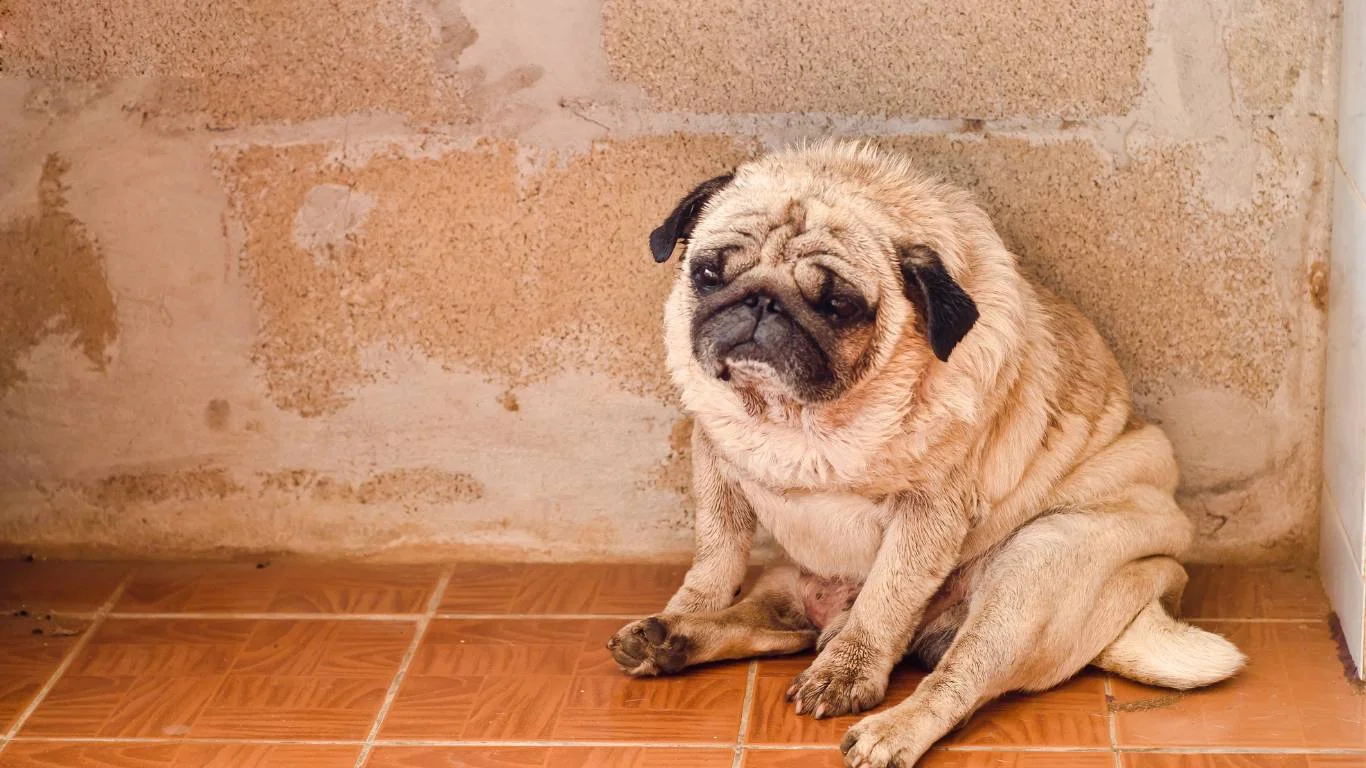
Alright, let’s talk water. I know this sounds obvious, but so many cases of heat-related distress I’ve seen in the clinic came down to simple dehydration. Especially in active dogs who don’t pause to drink or pups that are picky with their bowls (yes, that’s a thing).
We had this tiny terrier mix named Ginger who came in mid-July, acting super sluggish. Her owner was giving her water but didn’t realize Ginger wasn’t actually drinking it. Why? The bowl was metal and sitting in direct sun—water was warm and the metal was hot. Can’t say I’d want to drink that either.
Easy ways to keep your dog hydrated:
- Multiple water bowls: Place them in shady spots, both indoors and out
- Try a pet fountain: Some dogs prefer moving water
- Add ice cubes: Keeps it cool and some pups even play with them
- Flavor the water: A dash of bone broth can encourage picky drinkers
And here’s a nutrition angle for you—wet food can help with hydration. If your dog eats kibble only, especially in hot months, consider mixing in a bit of canned food or a hydration topper. It’s a sneaky way to boost moisture intake.
Cooling Methods That Actually Work
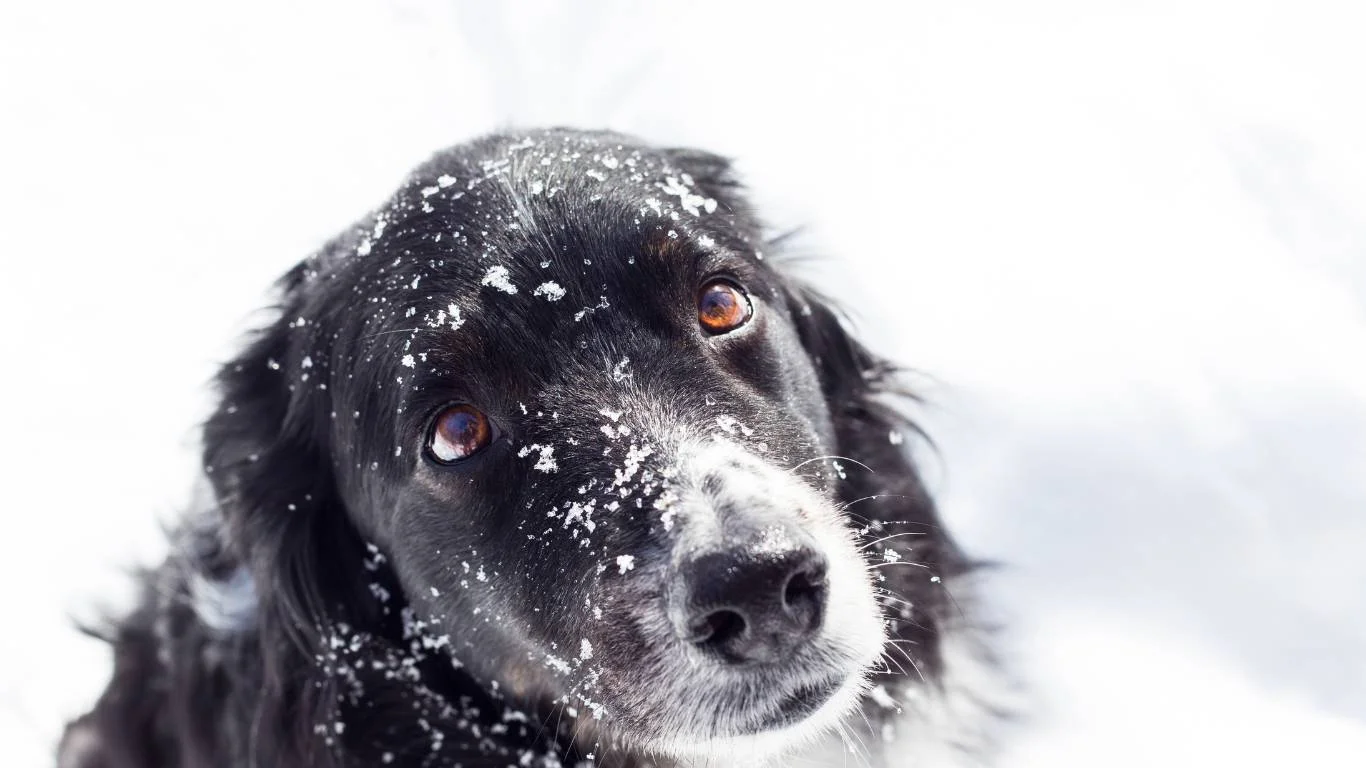
When your dog’s getting too hot, acting fast matters. We don’t want to wait until they’re wobbling or vomiting. Whether you’re outside or inside, cooling them down the right way can prevent a vet trip—or worse.
Here’s what I recommend (and actually use at home and at work):
- Cooling mats: Great for crates, patios, or shady porch spots
- Fans & airflow: Even indoors, a breeze makes a huge difference
- Misting bottles: Light spritzing on the belly, paws, and ears (avoid the face)
- Shady kiddie pools: Super effective and dogs love ‘em
- Frozen treats: Try frozen broth cubes, yogurt pupsicles, or a stuffed KONG in the freezer
In the clinic, we use damp towels (not ice-cold ones!) on the paw pads and underarms to bring temps down gradually. One time, a big ol’ Bernese Mountain Dog came in with a core temp of 105°F. We didn’t just dunk him in ice water—that can shock the system. Instead, we cooled him slowly with fans, IV fluids, and damp cloths. He pulled through thanks to quick action and a cool-headed (pun intended) owner.
When It’s Time to Call the Vet (Don’t Wait)
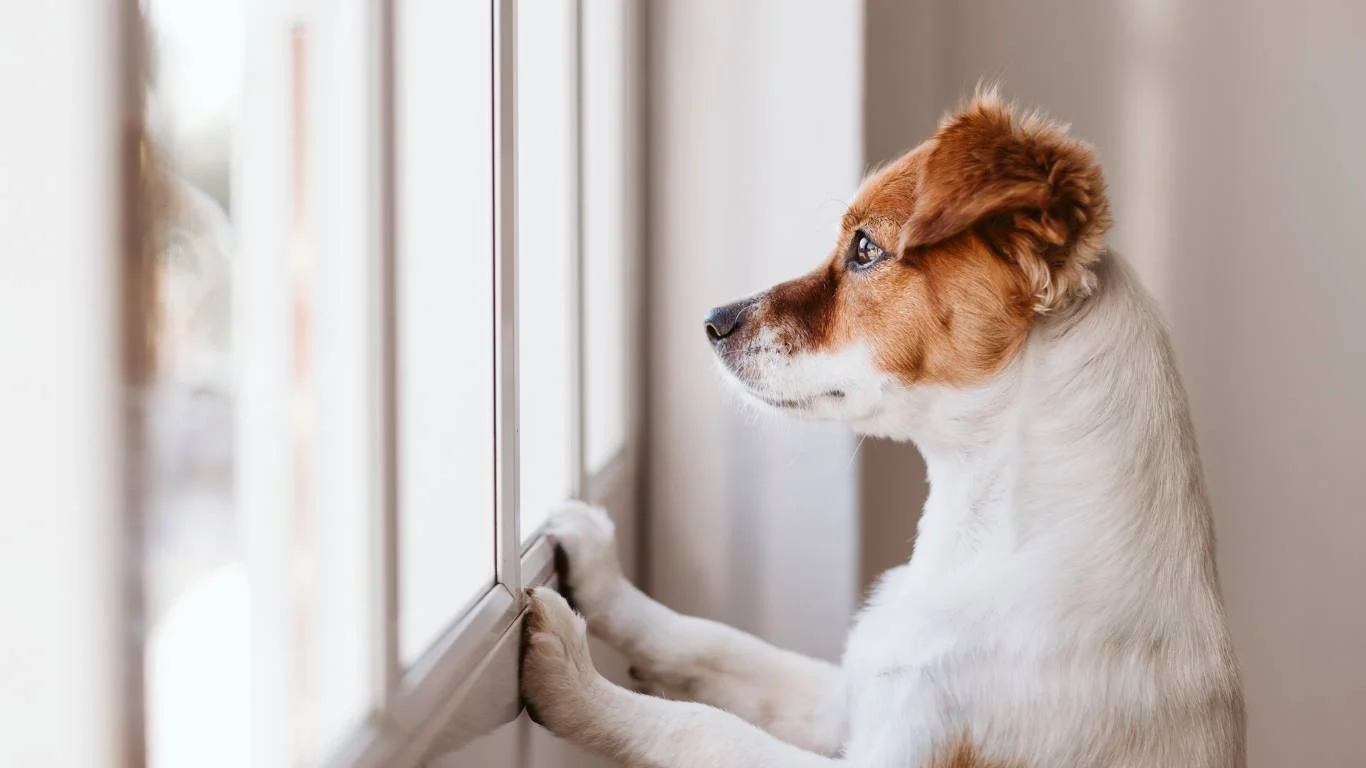
So, back to our main concern—how to tell if your dog is in heat-related distress. We’ve talked signs and risks, but what do you do when it’s already happening?
Red flags that mean “Go to the vet NOW”:
- Collapse or difficulty standing
- Uncontrolled drooling or foaming at the mouth
- Seizures or muscle tremors
- Gums turning pale or blue
- Vomiting with blood or dark stool
In these cases, don’t try to treat it at home. Call your vet or emergency clinic and let them know you’re on your way. Try to lower your dog’s temp during the drive—AC on full blast, windows cracked, and water available if they’re alert enough to drink.
I’ve seen well-meaning owners delay care because their pup “seemed better” after cooling down. But heatstroke can trigger internal organ damage even after the outward symptoms fade. When in doubt, check it out. Your vet will never fault you for being cautious.
Nutrition Tips That Support Heat Resilience
Okay, here’s where my nutrition geek side kicks in. While food can’t prevent heatstroke on its own, what your dog eats can support better hydration, circulation, and recovery. You’d be surprised how often I’ve seen poor diet contribute to a pup’s low energy and heat sensitivity.
What I suggest clients focus on:
- Omega-3s: Anti-inflammatory benefits help with overall health and circulation
- High-moisture foods: Wet food, raw diets, or broths—especially in summer
- Low sodium treats: Salt-heavy snacks dehydrate fast
- Electrolyte support: Special dog-safe formulas can help during recovery or extreme heat (ask your vet!)
And here’s a pro tip I always give pet parents during summer months: use food puzzles or slow feeders indoors during the hottest part of the day. Keeps your dog mentally stimulated while avoiding outdoor play when it’s too hot. Win-win.
Everyday Prevention Habits That Make a Huge Difference

Alright, we’ve talked signs, risks, hydration, nutrition—you’re already way ahead of the pack. Now let’s talk how to prevent heat-related distress before it even starts. Honestly, this is where you’ll save yourself the most stress (and vet bills). It’s all about working smarter, not harder, with your pup’s daily routine.
Here’s what I personally do—and recommend to every pet parent:
- Early morning or late evening walks: Sidewalks are cooler and sun isn’t blazing
- Paw test for pavement: If it’s too hot for your hand, it’s too hot for their paws
- Keep an eye on the forecast: High temps + humidity = danger zone
- Limit playtime during heat waves: Indoor enrichment goes a long way
- Brush your dog regularly: Especially those with thick coats—mats trap heat!
One of my favorite tricks is freezing a towel and laying it across my dog’s bed. My husky mix Juno lives for that thing in July. Also, don’t underestimate the power of a well-shaded backyard corner. I’ve seen dogs ditch a full porch just to flop in a shady dirt patch under a tree. They know what’s up.
Dog Heat Safety Checklist (Quick and Easy)

Sometimes when things heat up (literally), it’s easy to forget the basics. So I put together this simple checklist I give out at the clinic during summer months. Save it, screenshot it, share it with fellow pet parents—whatever helps keep those tails wagging safely.
☑️ Daily Heat Safety Checklist:
- ✅ Water bowls filled with clean, cool water
- ✅ Walks scheduled for early morning or after sundown
- ✅ Shady rest areas accessible outside
- ✅ No car rides without AC (and NEVER leave a dog in the car!)
- ✅ Cooling mats or fans ready to go indoors
- ✅ Signs of heat stress checked after play (gum color, panting, energy)
One more thing: I always tell clients to trust your gut. You know your dog better than anyone. If something feels off—even if they’re not showing the “textbook” signs—don’t brush it off. I’ve seen dogs go downhill quickly just because their human thought they were being “a little lazy.” If in doubt, call your vet. Always worth it.
Helpful Resources and Tools for Pet Parents
There are some great products and sites I’ve found incredibly helpful over the years—not just as a vet assistant, but as a dog mom too. You don’t need to go overboard with fancy gear, but a few essentials can really help keep your pup cool and safe.
Things I keep on hand all summer:
- Pet-safe electrolyte powder: Check with your vet before using regularly
- Clip-on crate fans: Especially helpful for travel or shaded outdoor crates
- Digital thermometer: For checking your dog’s temp at home (normal is ~101–102.5°F)
- Paw balm: Protects pads from hot pavement and helps heal dry skin
There are also some solid educational sources online I recommend to clients, especially for summer-specific guidance. You can check out general pet health info from trusted organizations like:
- ASPCA
- American Veterinary Medical Association (AVMA)
- American Gastroenterological Association – helpful if your pup shows digestive signs during heat stress
These orgs provide reliable, vet-approved advice without all the fluff—or worse, misinformation—that’s floating around on social media.
Final Thoughts (From Someone Who’s Seen It Firsthand)
I’ve worked with hundreds of dogs over the years. Some came in for wellness visits, others not so lucky. But I’ll tell you this: dogs rely on us to notice when they can’t say “help”. That awareness? That gut feeling? It’s your superpower as a pet parent.
Knowing how to tell if your dog is in heat-related distress is more than just recognizing a symptom list. It’s about tuning in to your dog’s baseline and spotting when something’s just a little… off. Combine that with smart daily habits, solid nutrition, and a little summer prep, and you’re giving your pup the best shot at staying safe—even when the temps soar.
Thanks for caring enough to read this far. Your dog is lucky to have you.
Disclaimer:
This article is for educational purposes only and does not substitute veterinary advice. If your pet is showing any signs of heat-related illness or distress, contact a licensed veterinarian immediately.
